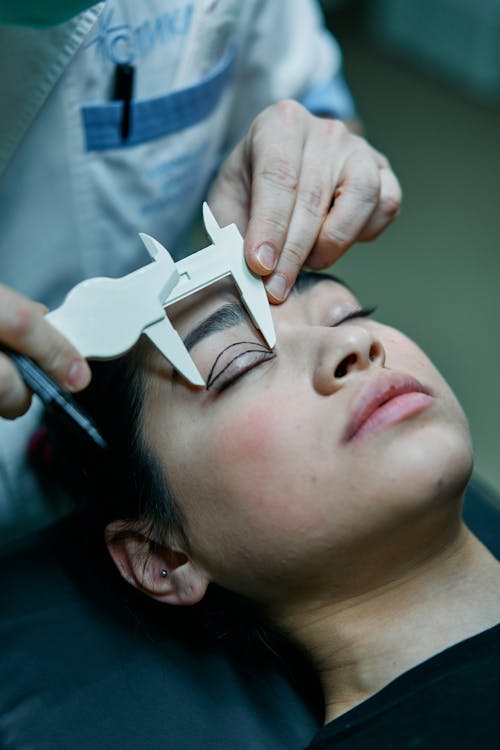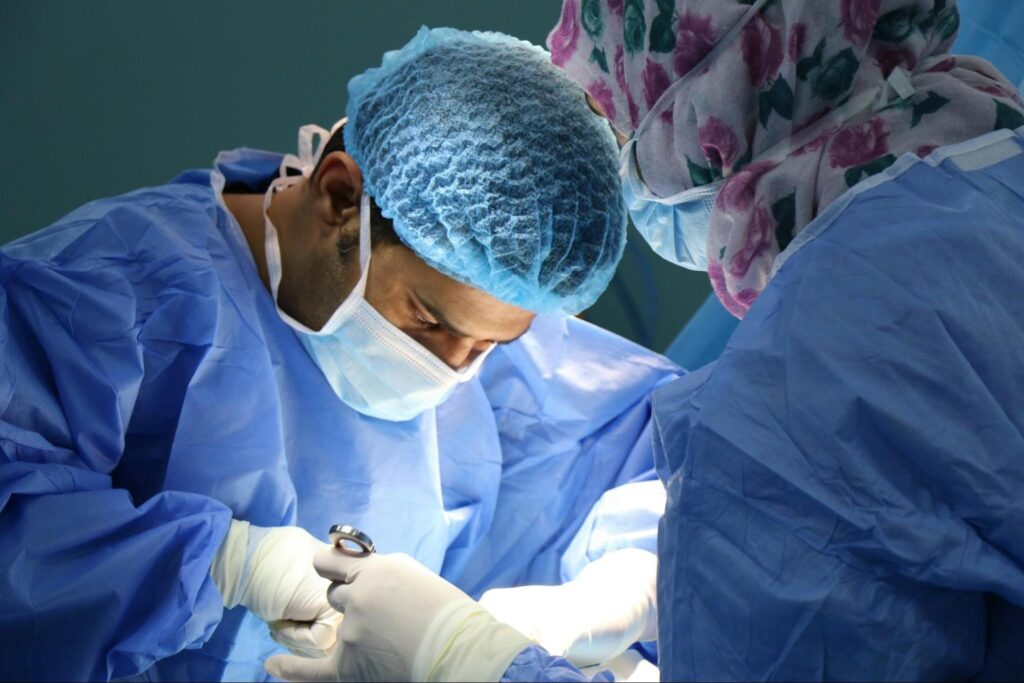Plastic surgery has become increasingly popular as individuals seek to enhance their appearance, restore function, or correct physical abnormalities. With advancements in medical technology and surgical techniques, plastic surgery now encompasses a wide range of procedures designed to address various cosmetic and reconstructive concerns.
While some surgeries focus on improving aesthetics, others serve medical purposes, such as reconstructing damaged tissue or restoring mobility. Understanding the different types of plastic surgery procedures can help individuals make informed decisions about which option best suits their goals and needs.
Choosing the Right Plastic Surgery Procedure
Deciding on a plastic surgery procedure requires careful consideration of personal goals, medical history, and expectations. It’s important to consult with a board-certified plastic surgeon who can provide professional guidance on the most suitable options. You can click here to learn more about the different procedures and their benefits, risks, and recovery timelines before making a decision. Understanding the full scope of each procedure helps set realistic expectations and ensures a positive outcome.
When considering surgery, factors such as downtime, cost, and long-term maintenance should be evaluated. While some procedures offer permanent results, others may require follow-up treatments to maintain the desired effect.
Cosmetic vs. Reconstructive Plastic Surgery
Plastic surgery is generally divided into two categories: cosmetic and reconstructive surgery.
Cosmetic plastic surgery is performed to enhance appearance and improve self-confidence. These procedures are elective, meaning they are not medically necessary but are chosen to refine or alter physical features. Common cosmetic surgeries include facelifts, breast augmentations, and liposuction.

Reconstructive plastic surgery is performed to restore function and appearance following trauma, medical conditions, birth defects, or disease. Procedures such as breast reconstruction after mastectomy, cleft lip repair, and skin grafting for burn victims fall under this category. Reconstructive surgery often improves quality of life and can be covered by health insurance if deemed medically necessary.
Facial Plastic Surgery Procedures
Facial plastic surgery includes procedures designed to rejuvenate the face, enhance features, or correct structural irregularities.
A facelift (rhytidectomy) tightens sagging skin and reduces wrinkles, providing a more youthful appearance. The procedure involves lifting and repositioning facial tissues while removing excess skin. Facelifts can be full or mini, depending on the degree of correction needed.
A rhinoplasty (nose job) reshapes the nose for aesthetic or functional purposes. It can correct asymmetry, reduce or augment the nasal bridge, and improve breathing issues caused by structural defects like a deviated septum.
Blepharoplasty (eyelid surgery) removes excess skin and fat from the eyelids to create a more alert and youthful appearance. It can also improve vision in individuals whose sagging eyelids obstruct sight.
For those interested in refining facial contours, chin augmentation, and cheek implants enhance facial symmetry by adding volume and structure.
Breast Enhancement Procedures
Breast surgery includes procedures that alter the size, shape, and position of the breasts to improve aesthetics or restore appearance after medical treatment.
Breast augmentation increases breast size using implants or fat transfer. Patients choose this procedure for reasons such as restoring volume after pregnancy, achieving symmetry, or enhancing body proportions.
Breast reduction (reduction mammoplasty) removes excess breast tissue to relieve discomfort from overly large breasts, which can cause back pain, shoulder strain, and posture issues. This procedure is often sought for both cosmetic and medical reasons.
Breast lift (mastopexy) repositions sagging breasts for a firmer and more youthful look. Unlike augmentation, a lift reshapes the natural breast tissue without significantly altering the size.
Breast reconstruction is performed after a mastectomy or injury, using implants or autologous tissue (from the patient’s body) to restore the breast’s natural shape.
Body Contouring and Fat Reduction Procedures
Body contouring procedures help reshape the body by removing excess fat, tightening skin, and improving body proportions.
Liposuction removes stubborn fat deposits from areas such as the abdomen, thighs, hips, and arms. This procedure is not a weight-loss solution but rather a way to refine contours when diet and exercise fail to eliminate localized fat.

A tummy tuck (abdominoplasty) tightens abdominal muscles and removes excess skin for a flatter stomach. This is particularly beneficial for individuals who have experienced significant weight loss or pregnancy-related changes.
Non-Surgical Plastic Surgery Options
Not all plastic surgery procedures require invasive techniques. Non-surgical treatments provide effective cosmetic enhancements with minimal downtime.
Botox and dermal fillers are popular for reducing wrinkles and restoring volume to the face. Botox relaxes facial muscles to smooth expression lines, while fillers add plumpness to areas such as the lips and cheeks.
Laser skin resurfacing improves skin texture by reducing fine lines, acne scars, and pigmentation issues. This treatment stimulates collagen production for a more youthful complexion.
Plastic surgery offers a wide range of options for individuals seeking aesthetic enhancement, functional improvements, or reconstructive solutions. Whether opting for facial surgery, body contouring, or non-invasive treatments, the key to a successful experience is proper research, realistic expectations, and choosing a qualified surgeon.
Advancements in surgical techniques and technology continue to make plastic surgery safer and more accessible, allowing individuals to achieve their desired results with precision and confidence. With the right approach and expert guidance, plastic surgery can be a transformative journey toward self-improvement and enhanced well-being.
